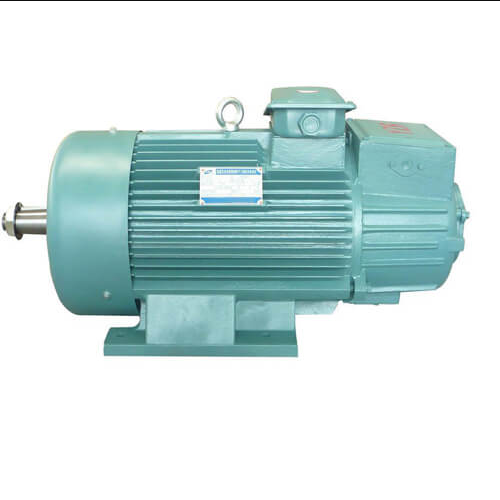Introduction
Summary Answer
Comparison Between Motors
Conclusion
FAQ
When choosing a motor for high-inertia loads, many wonder which type is best: Squirrel Cage Motors or Slip Ring Motors? Squirrel Cage Motors are popular for their robustness and reliability. However, some users may prefer Slip Ring Motors for their speed control capabilities. This has led to confusion over which motor class is suitable for specific applications. Understanding the differences can help make the right choice.

Squirrel Cage Motors are generally better for high-inertia loads due to their simplicity and robustness. They require less maintenance and cost less over time. Slip Ring Motors are advantageous for applications that need consistent speed control. However, for most high-inertia applications, Squirrel Cage Motors are the preferred choice.
1.Design and Structure
Squirrel Cage Motors are built with a fixed stator and rotor. The rotor resembles a squirrel cage, which is where the name comes from.
Slip Ring Motors have a rotor connected to external resistor controls. This design allows for better load management.
| Feature | Squirrel Cage Motor | Slip Ring Motor |
|---|---|---|
| Cost | Lower initial cost | Higher initial cost |
| Maintenance | Less maintenance needed | Requires more maintenance |
| Speed Control | Limited control | Excellent control |
Click here to view our project cases.
2. Performance and Application
Squirrel Cage Motors perform well in consistent conditions and provide higher efficiency for straightforward tasks.
Slip Ring Motors excel in variable load conditions, making them better for applications with fluctuating inertia.
According to industry studies, Squirrel Cage Motors achieve efficiency ratings of up to 95%. In contrast, Slip Ring Motors reach around 87% efficiency in varying loads, which showcases their effectiveness in specific applications.
3.Inertia Consideration
High-inertia loads demand a motor that can handle initial torque efficiently.
Squirrel Cage Motors deliver appropriate starting torque for heavy loads.
For typical applications, Squirrel Cage Motors can deliver starting torque up to 300% of their rated capacity. Slip Ring Motors, while flexible, usually provide lower starting torque and are better for gradual load increases.
In conclusion, when considering Squirrel Cage Motors vs. Slip Ring Motors for high-inertia loads, Squirrel Cage Motors often come out on top. Their design leads to lower maintenance and operating costs, making them ideal for most applications. However, if precise speed control and variable load management are needed, Slip Ring Motors might be the adequate choice.
Which motor is more efficient?
Squirrel Cage Motors are generally more efficient than Slip Ring Motors in steady conditions.
Are Slip Ring Motors expensive to maintain?
Yes, they require more maintenance and have higher operating costs compared to Squirrel Cage Motors.
Can I use a Squirrel Cage Motor for all applications?
While they are versatile, some applications may benefit from the flexibility of a Slip Ring Motor.
Copyright © ZCL Electric Motor Technology Co., Ltd. All Rights Reserved | Sitemap | Powered by 